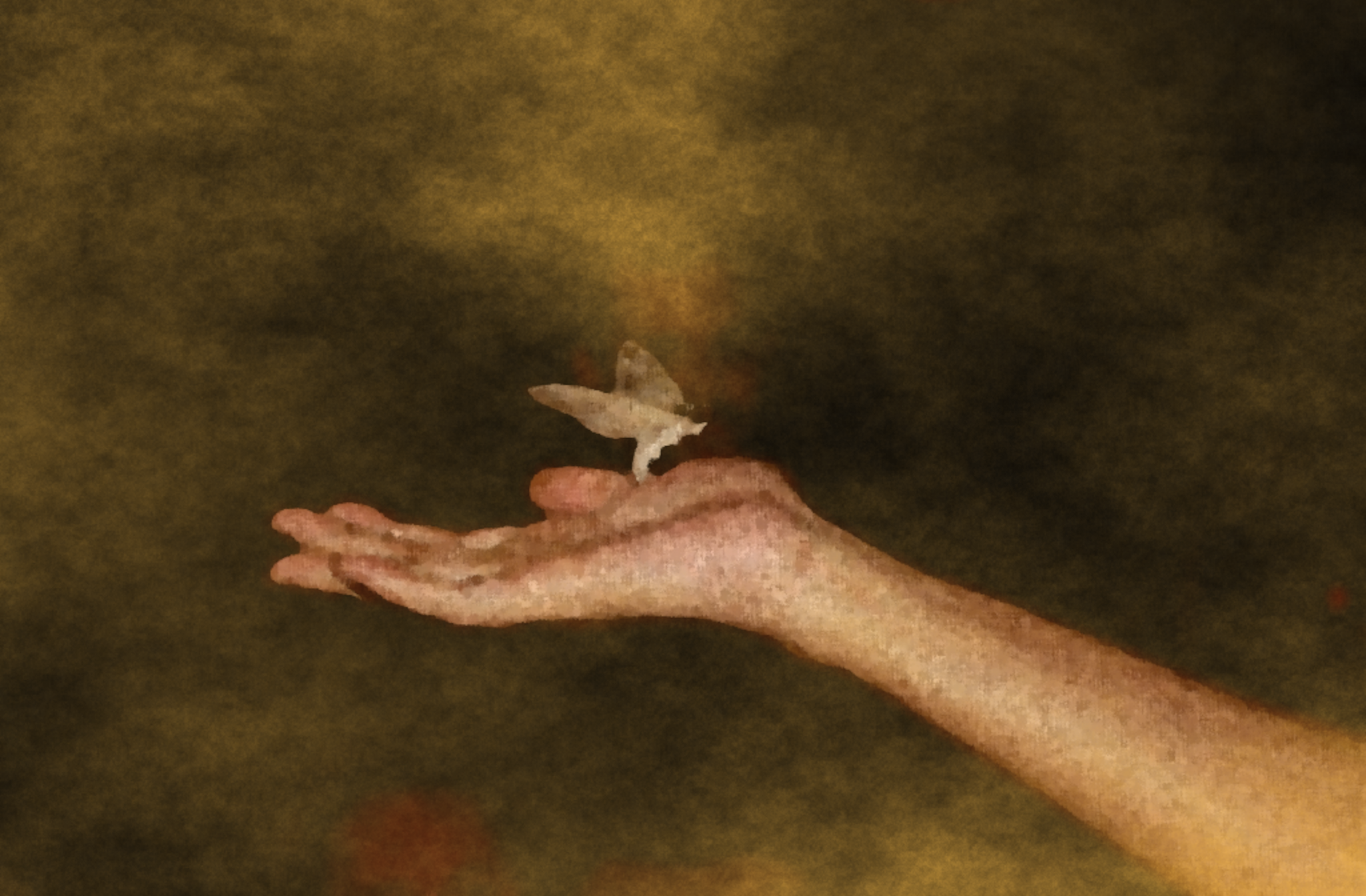Ray Lab
Affiliation: CHINTA and IAI, TCG CREST, Kolkata, India

How does the brain process information to generate behavior? Finding answers to bits and pieces of this big question is the goal of our research. In particular, we want to figure out how animals navigate their environment using the senses.
Animals need to move around in order to find food and mate, and to escape predators and other dangers. For this the brain combines information from different sensory streams like vision, smell, touch, and hearing, as well as information from prior experience. We are interested in understanding the neural pathways and mechanisms of this process.
For this, we look at the behavior of animals while manipulating their sensory inputs. We can study its physiology by recording the activities of neurons in the brain in response to various stimuli. Simple model animals like insects are well suited for these studies because they are usually robust and easy to experiment with.
We can then use experimental data to build computational models. This allows us to explore hypothetical scenarios beyond what is possible in physical experiments. Conducting such in silico experiments can help us understand the processes of our interest theoretically.
In terms of techniques, we use computer vision algorithms to analyze behavior of animals from recorded videos. We apply signal processing, information theory, and other tools for analyzing electrophysiological data. We also develop biophysically detailed models of single neurons and their networks, and simulate them on computers. This requires simulators, precise formats for describing neuronal models and data (experimental and simulated), and other Neuroinformatics tools.
Lines of work
Our research activities have the following technical subcomponents:
- Animal experiments
- Electrophysiology and histology: This involves recording neural activity from awake insect brains under various conditions, injecting dyes into neurons or brain regions and finding structure and anatomical connectivity of neurons and brain regions.
- Behavior: This involves designing behavioral experiments and recording the activities of the animals using videography or other techniques, and analyzing the behavior.
- Computational work
- Developing computational/mathematical models of neurons, brain networks, and simulating them with various parameter settings. These simulation experiments can give theoretical insight into how the brain works.
- Developing simulation tool: We are actively working on the MOOSE simulator to add features and documentation, and make it easy to use for both students and researchers.
- Other software tools: We also maintain several free and open source software tools like argos for tracking multiple animals/objects, nsdf for storing neuroscience simulation data, etc.

Kolkata Skyline from TCG CREST Building